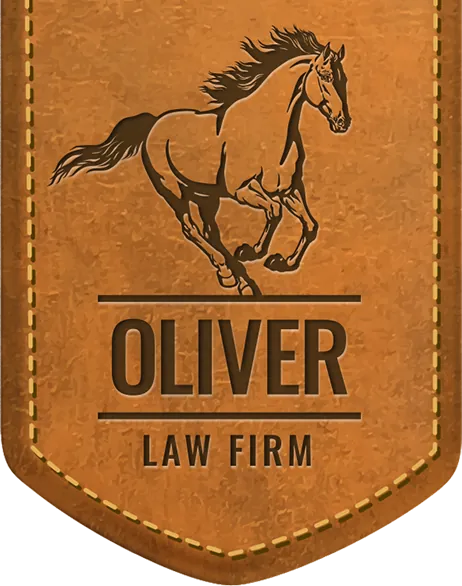There are over 11 million tractor-trailers on U.S. highways and they log over 288 billion miles a year. With that many 18-wheelers on the road, driving that many miles, it is no wonder that large trucks are involved in hundreds of thousands of wrecks per year. Unfortunately, because of their size and weight, tractor-trailer collisions are much more likely to cause serious injuries. According to the National Highway Traffic Safety Administration (NHTSA), 76 percent of fatalities from tractor-trailer collisions were occupants of a passenger vehicle. The mass of an 18-wheeler is simply no match for the size of an average passenger vehicle.
Because the risk of injury is so much higher with commercial trucks, the Federal Motor Carrier Safety Administration (FMCSA) has laid out comprehensive safety rules for truck drivers and their companies. However, not every driver or company follows these important rules. So, drivers of passenger cars are smart to look out for themselves when sharing the road with an 18-wheeler.
Here are some safety tips for driving around tractor-trailers:
-
Watch out for blind spots. These are sometimes called the “no-zones”. These are areas where the driver of the tractor-trailer cannot see you in the truck’s mirrors. They are located along the sides of the truck and directly behind it. You want to avoid driving in these areas. A good rule of thumb: if you can’t see the truck’s mirrors, the driver can’t see you.
-
Don’t weave in and out of traffic. The morning commute shouldn’t be an episode of fast and furious. Changing lanes abruptly (especially whipping in front of a tractor-trailer) can cause the driver to brake hard. This can cause the truck to respond unpredictably, including jackknifing or swerving. This puts you and other passengers on the roadway at risk.
-
Keep a safe distance, especially on hills. Tractor-trailers are usually pulling a heavy load. Sometimes a steep hill can cause trouble shifting gears and the truck can slow down or even drift backwards. Keep a safe distance so you can react if a truck has trouble climbing the hill.
-
Avoid getting squeezed. We have all seen the sign that says, “Wide Right Turns.” At an intersection, be aware that some trucks have to make wide turns. Don’t get caught in the driver’s blind spot or rush up beside the truck as it is negotiating the turn.
-
Always, always, signal. This is should go without saying, but always use your turn signal. Big trucks are heavy and take longer to stop. The more notice you can give to a tractor-trailer that you will be slowing and turning, the better chance you have of not being rear-ended.
Sometimes, even when drivers of passenger cars do everything right, a wreck happens. The most common causes are driver fatigue, distraction, improper weight distribution, improper training, or mechanical error.
If you followed the safety rules and you were injured by an 18-wheeler, call Oliver Law Firm immediately; (479) 202-5200. The sooner you hire a qualified legal team, the better chance of getting to the root-cause of the crash and protecting your right to justice.
Oliver Law Firm, 3606 W. Southern Hills Blvd., Ste. 200, Rogers, AR 72758
a Free Consultation


